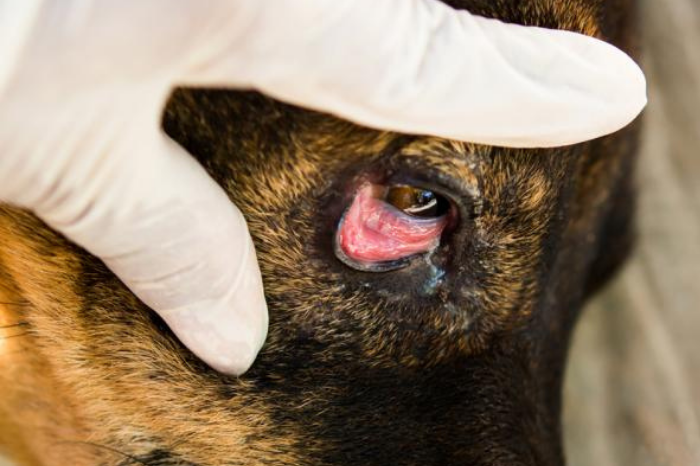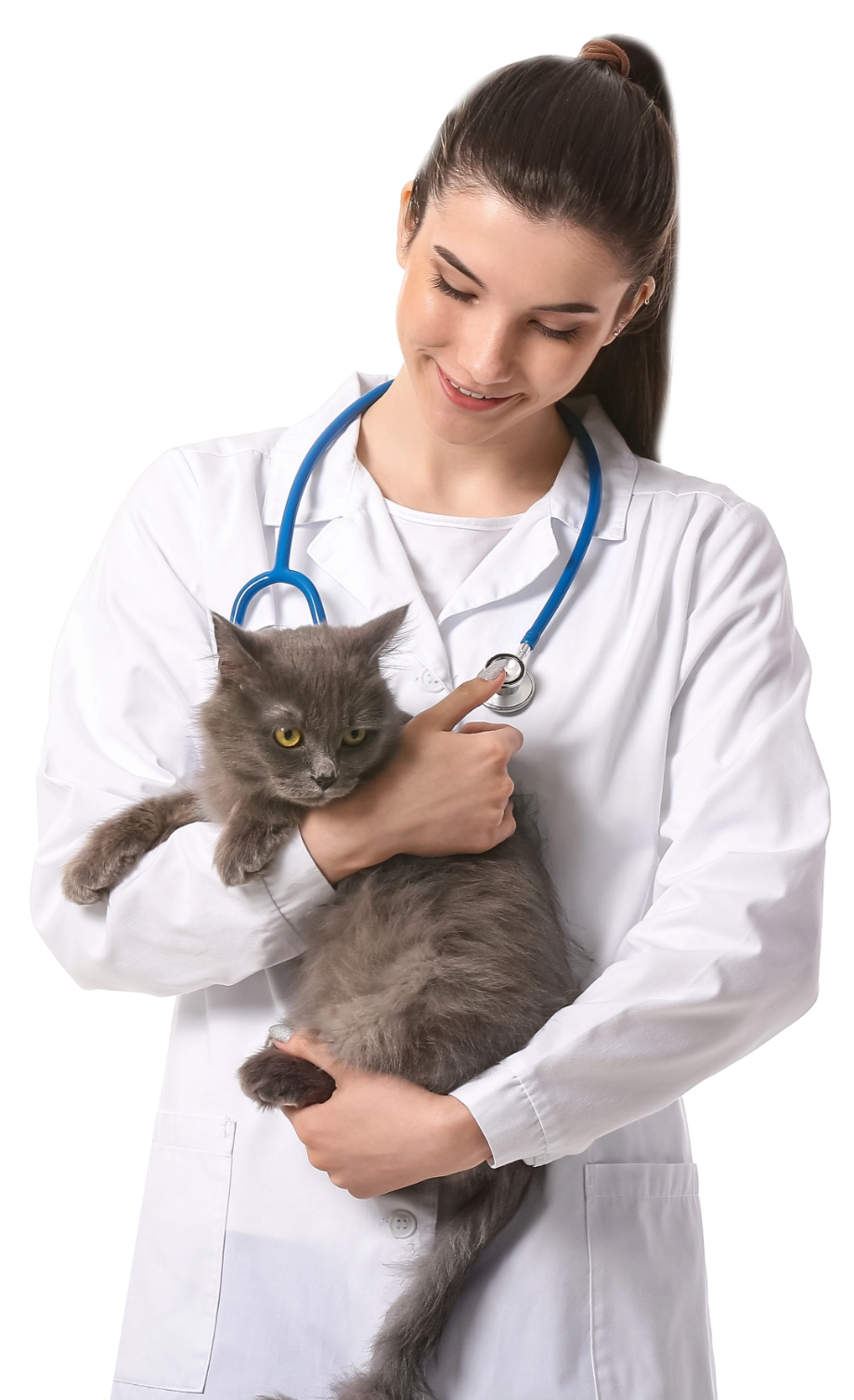

Too Cool for School: Back-To-School Tips for Pets
It’s that time of the year again, time for school bags, new teachers and classmates, packed lunches, and the daily school routine. Thousands of pupils across the UAE have returned already to school this week for the start of the new academic year. Even though the COVID-19 pandemic is still affecting the education sector, most schools have gradually moved back towards the traditional timetable, which is an in-person lesson. Hence, this is also the time to get your pet ready for being left alone in a quiet house.
Kids are not the only ones that need help in adjusting to the back-to-school routine, your four-legged friends are too. Pets often struggle with separation anxiety because of the sudden change in schedule, the freedom and attention received during summer vacation have abruptly ended, and thus they need extra attention and care during this time.
Fear not, The CITY VET team has prepared some tips to help your pets adjust to the new schedule and avoid the back-to-school blues:
Take it Slow
Whenever possible, make changes and adjustments slowly over a period of time. Keep their routine and avoid abrupt changes especially in their eating habits.
Make Quality Time for your Pets
Schedules shift and lesser playtime might cause a great amount of stress and fear that can affect pets in many ways. They may have spent a lot of time with kids over the summer, but when the kiddos go back to school, they might experience separation anxiety. Pets may exhibit signs of separation through destructive behaviors such as chewing, soiling in the house, shredding papers, excessive barking, and/or crying for long periods of time. Create a routine to make sure your pet gets playtime with the kids when they get home from school. Keep them occupied with enrichment and puzzle toys to keep them busy. Interactive toys alleviate boredom.
Emotional Hellos and Goodbyes
Making departure and return greeting routine very dramatic may enhance your pet’s anxiety when they are all alone. A quick “see you” when you leave is what your pet needs to relax and wait for your return.
Exercise makes a Difference
Even though your mornings may now be more hectic with getting your kids out for school, try not to cut corners with your furry companions. Start the day right and plan an extra time in the morning to get your pet to exercise before you leave the house. As they say, a tired pet is a content pet.
Get a Smart Pet Sitter
Tuti (short for Tutirobo), an emerging smart pet sitter in the market is now available in our clinic. Tuti could become your eyes and ears while you’re away during school errands because with just a click on your smartphone, you can watch your friends at home to check what they are up to, play and interact via a live stream, snap a photo,feed and even record a voice message. And with its life-like interaction features, you are sure that your furry best friends are entertained and will never feel alone or unloved. Tuti is a perfect companion for your furballs especially when the kids are not there to cuddle and to play with anymore. Curious about Tuti, call 04-3883990 or check this Tuti Robo to find out more.
Give them Lots of Love
Finally, give your pet the most love and attention when you can. Reassurance through regular walks, exercise, playtime, and grooming will help your pet buddies make a much smoother back-to-school transition.
Following the tips above will help ensure your pet isn’t feeling neglected. However, there may be an underlying medical condition that may be misconstrued as separation anxiety, so ensure to have your pets fully evaluated and correctly diagnosed before trying to manage the symptoms. Let us know on how we can help if you have observed unusual behaviors by calling us.
recent post

EARLY DETECTION AND TREATMENT OF HIP DYSPLASIA IN PUPPIES
Hip Dysplasia in dogs is an anatomical orthopedic condition which has a genetic background and affects mostly..
learn more
“CHERRY EYE” or PROTRUSION OF THE GLAND OF THE 3rd EYELID
Protrusion of the gland of the third eyelid (or “cherry eye”) occurs most commonly in dogs and..
learn more



